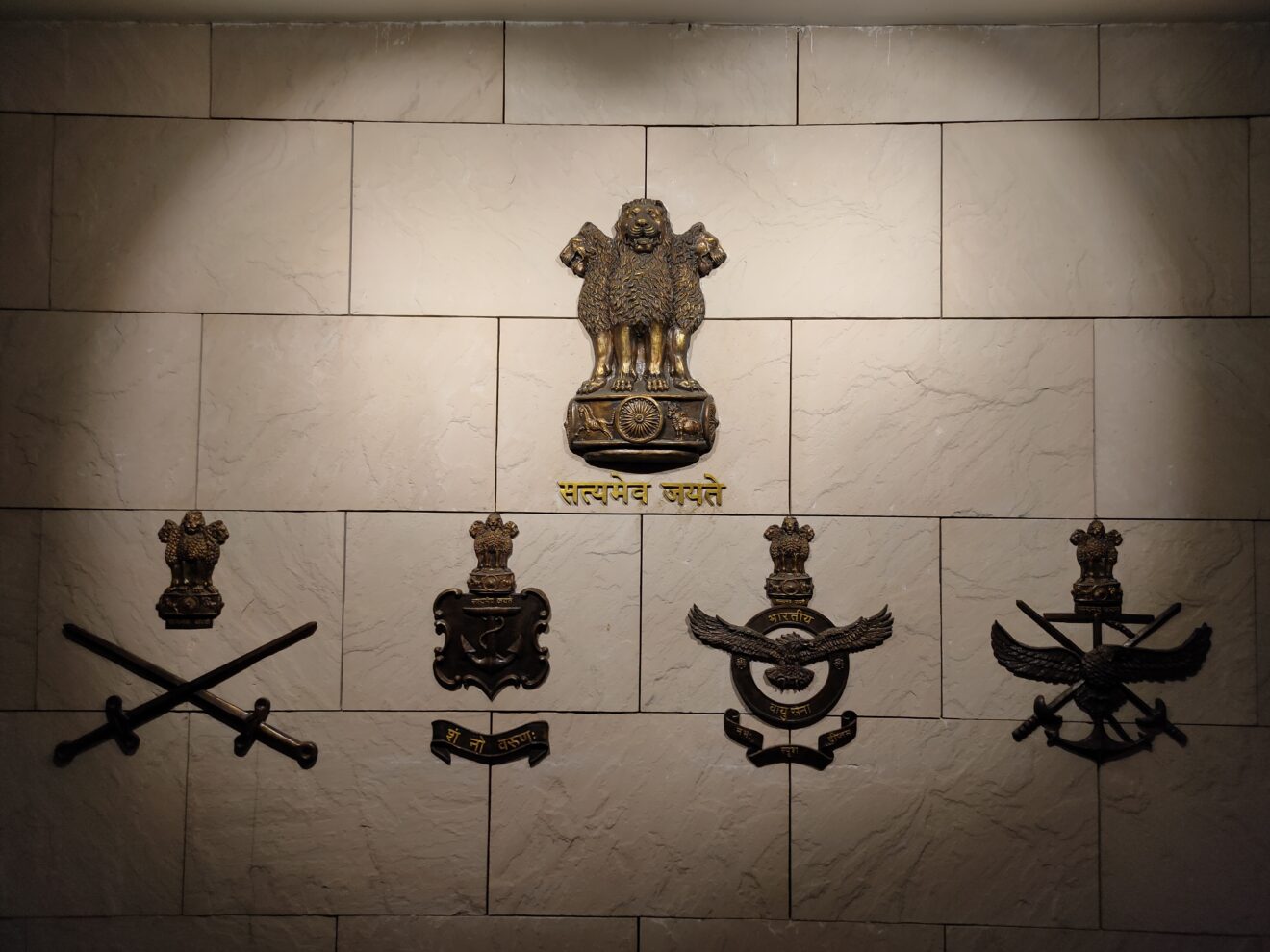By Defence Journalist Sahil
Eyes in the Sky: India’s P-8I Surveillance Aircraft Tracks Pakistan Navy Drills in Arabian Sea
Social Media Buzz, Strategic Monitoring, and the Expanding Maritime Surveillance Envelope
New Delhi – In a development that has caught the attention of open-source intelligence watchers and strategic affairs analysts alike, India’s P-8I Poseidon long-range maritime surveillance aircraft has recently conducted multiple sorties over the Arabian Sea, coinciding with Pakistan Navy’s ongoing exercises in the region. Flight tracking data and public domain observations suggest that these operations are not routine but calibrated missions aimed at maritime domain awareness and potential deterrence.
These high-precision, long-endurance platforms—originally developed for the U.S. Navy—have become the backbone of the Indian Navy’s intelligence, surveillance, and reconnaissance (ISR) capability in the Indian Ocean Region (IOR).
Tracking the Tracker: Social Media and Open-Source Reveal Patterns
Over the past week, platforms like @defencesahil began flagging unusual flight paths of P-8I aircraft in the southern Arabian Sea, often flying prolonged loops and patterns consistent with surface ship tracking or submarine detection.
What intrigued observers further was the proximity of these surveillance runs to areas where Pakistan Navy warships and submarines were reported to be conducting drills. Using publicly available ADS-B (Automatic Dependent Surveillance–Broadcast) data, flight trackers were able to reconstruct surveillance arcs that pointed to a focused intelligence-gathering effort.
The Surveillance Envelope: What the Data Suggests
Military analysts estimate that a single P-8I can monitor a maritime zone over 2,000 km wide, with synthetic aperture radar (SAR) and sonobuoy deployment capability for anti-submarine warfare. Recent plots show detection arcs extending from the western coast of India deep into the Arabian Sea, encircling maritime zones south of Karachi and Gwadar.
This surveillance envelope effectively allows the Indian Navy to:
- Monitor enemy fleet movement in real time.
- Detect and classify submarine activity, including Pakistan’s Agosta-class subs.
- Relay tactical data to surface warships and airbases instantly.
Strategic Message and Subsurface Signaling
While both India and Pakistan routinely conduct naval drills, the visible presence of P-8I aircraft near Pakistan’s exercises is a strategic signal. It underlines India’s maritime vigilance, especially in the post-26/11 doctrine, where any threat from sea—be it asymmetric or conventional—is treated with maximum responsiveness.
According to former Indian Navy officials:
“P-8I is not just a reconnaissance platform, it’s a message delivery vehicle. Its presence signals intent, deterrence, and awareness.”
With China’s growing naval footprint in Gwadar and the presence of PLAN (People’s Liberation Army Navy) support ships, the Indian Navy’s surveillance activities are no longer confined to bilateral tensions but reflect tri-national dynamics.
P-8I: India’s Strategic Gamechanger in IOR
India currently operates 12 P-8I aircraft, based out of INS Rajali (Tamil Nadu) and INS Hansa (Goa). Armed with Harpoon anti-ship missiles, torpedoes, and cutting-edge sensors, the aircraft can simultaneously monitor multiple maritime targets and operate in multi-threat environments.
P-8I’s intelligence-gathering capability is often shared with the Tri-Services Intelligence Grid and integrated into real-time maritime theatre commands being developed under India’s ambitious theatre command restructuring.
Growing Tensions, Broader Surveillance
These developments also coincide with:
- India’s upcoming IAF border drills on 7–8 May in Rajasthan.
- Civil defence alerts post the Pahalgam terror attack.
- Pakistan Navy’s increasing activity in the northern Arabian Sea, close to India’s oil transport lanes.
This simultaneous increase in aerial and maritime vigilance forms a two-front surveillance model—airborne over land borders and seaborne across the IOR.
अरब सागर में भारत की हवाई निगरानी: P-8I विमान की उड़ानों से पाकिस्तान नौसेना की हलचल पर नज़र
सोशल मीडिया में चर्चा, रणनीतिक संकेत और हिंद महासागर में भारत की बढ़ती निगरानी क्षमता
नई दिल्ली – हाल के दिनों में भारतीय नौसेना के P-8I समुद्री निगरानी विमानों ने अरब सागर में कई उड़ानें भरी हैं, जो पाकिस्तान नौसेना के अभ्यास के समानांतर देखी गईं। इन उड़ानों के डेटा ने न सिर्फ सुरक्षा विशेषज्ञों का ध्यान खींचा है बल्कि सोशल मीडिया पर भी काफ़ी हलचल मचाई है।
अमेरिकी नौसेना के लिए विकसित यह विमान अब भारतीय नौसेना की निगरानी और पनडुब्बी रोधी रणनीति का प्रमुख आधार बन चुके हैं।
सोशल मीडिया से खुलासा: कहां उड़ान भरे, क्यों भरे
P-8I की उड़ानों की निगरानी करते हुए पाया कि वे पाकिस्तान की जलसीमा के करीब, विशेष रूप से कराची और ग्वादर के आसपास, लगातार गश्त कर रहे हैं।
ADS-B डेटा से यह पता चला कि ये विमान वॉरशिप्स की मूवमेंट ट्रैक करने और संभावित पनडुब्बियों का पता लगाने के लिए विशेष पैटर्न में उड़ रहे थे।
निगरानी दायरा: कितना देख सकता है एक P-8I?
एक P-8I विमान की निगरानी क्षमता 2000 किमी से अधिक हो सकती है। इसमें मौजूद आधुनिक रडार, सोनार और हवाई डाटा लिंक टेक्नोलॉजी इसे अत्यधिक प्रभावी बनाती है।
प्रमुख क्षमताएं:
- सतह और जल के भीतर मौजूद जहाजों को ट्रैक करना
- डेटा को रीयल टाइम में अन्य सैन्य प्लेटफॉर्म्स तक पहुंचाना
- संभावित खतरों की पहचान और वर्गीकरण
रणनीतिक संकेत: केवल निगरानी नहीं, मनोवैज्ञानिक दबाव भी
P-8I विमानों की उपस्थिति सिर्फ निगरानी तक सीमित नहीं है। यह रणनीतिक संदेश देती है—कि भारत समुद्री गतिविधियों पर पूरी नजर रखे हुए है। पाकिस्तान और चीन दोनों के दृष्टिकोण से यह समुद्री प्रतिरोध की भावना पैदा करता है।
चीन के जहाजों की ग्वादर में मौजूदगी और CPEC से जुड़ी गतिविधियां, भारत को त्रिकोणीय सुरक्षा रणनीति की ओर ले जा रही हैं—जहां पाकिस्तान, चीन और समुद्री खतरे एक साथ देखे जा रहे हैं।
P-8I: भारत की समुद्री सुरक्षा की रीढ़
भारत के पास फिलहाल 12 P-8I विमान हैं, जो INS राजाली (तमिलनाडु) और INS हंसा (गोवा) से संचालित होते हैं। ये विमान टॉरपीडो, एंटी-शिप मिसाइल और उन्नत रडार से लैस हैं, और संकट के समय निर्णायक भूमिका निभाते हैं।
इनका डेटा थियेटर कमांड और नौसेना के समुद्री संचालन केंद्रों के साथ साझा किया जाता है।
निष्कर्ष: निगरानी से लेकर निवारण तक
IAF के युद्धाभ्यास, सिविल डिफेंस ड्रिल और अब नौसेना के P-8I मिशन—ये सभी संकेत करते हैं कि भारत एक बहुस्तरीय रणनीतिक जवाबी नीति पर काम कर रहा है। भारत अब न केवल हमला होने पर प्रतिक्रिया देगा, बल्कि संभावित खतरों को पहले ही जवाबदेह तरीके से ट्रैक और काउंटर करेगा।











Add Comment